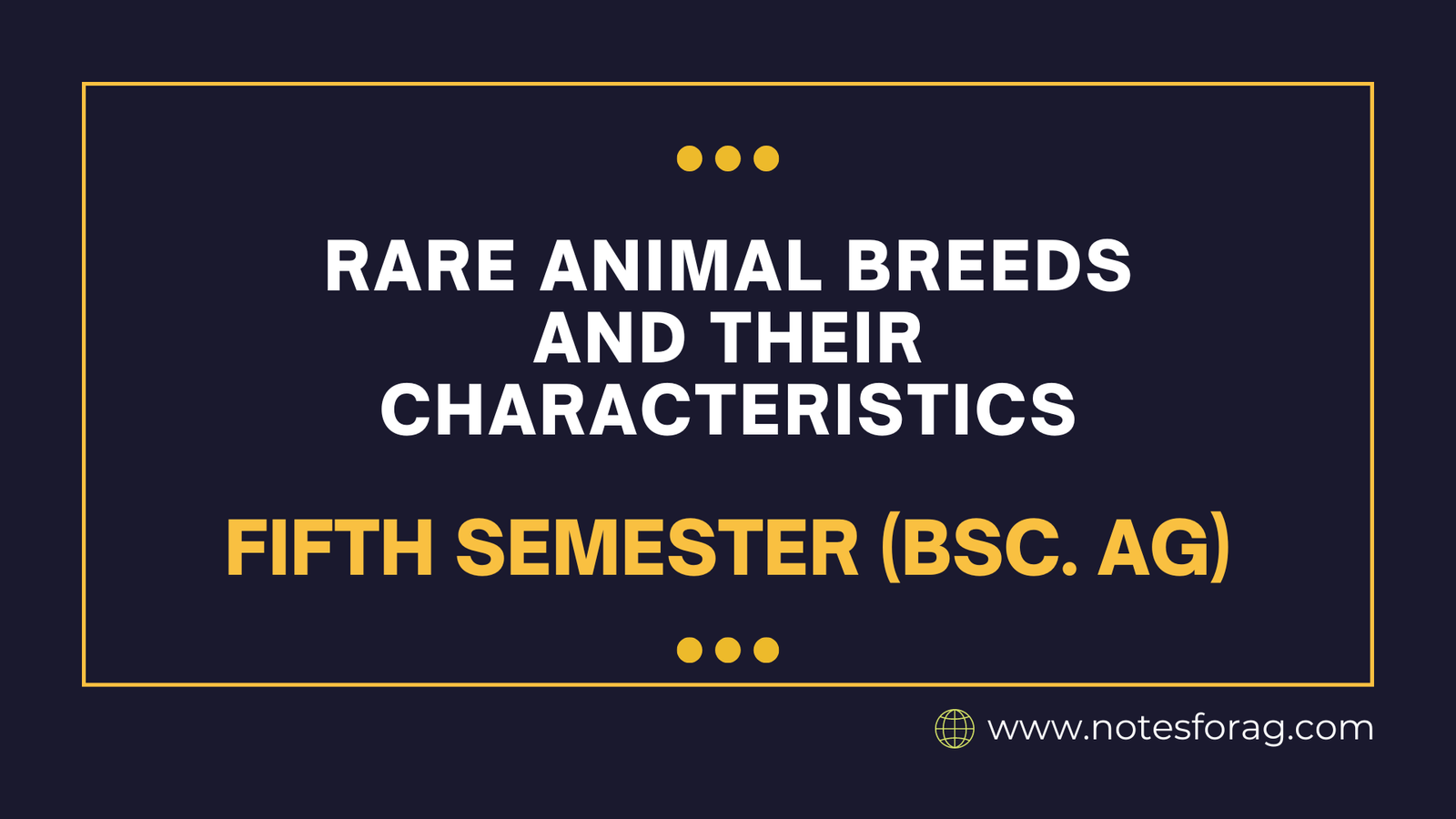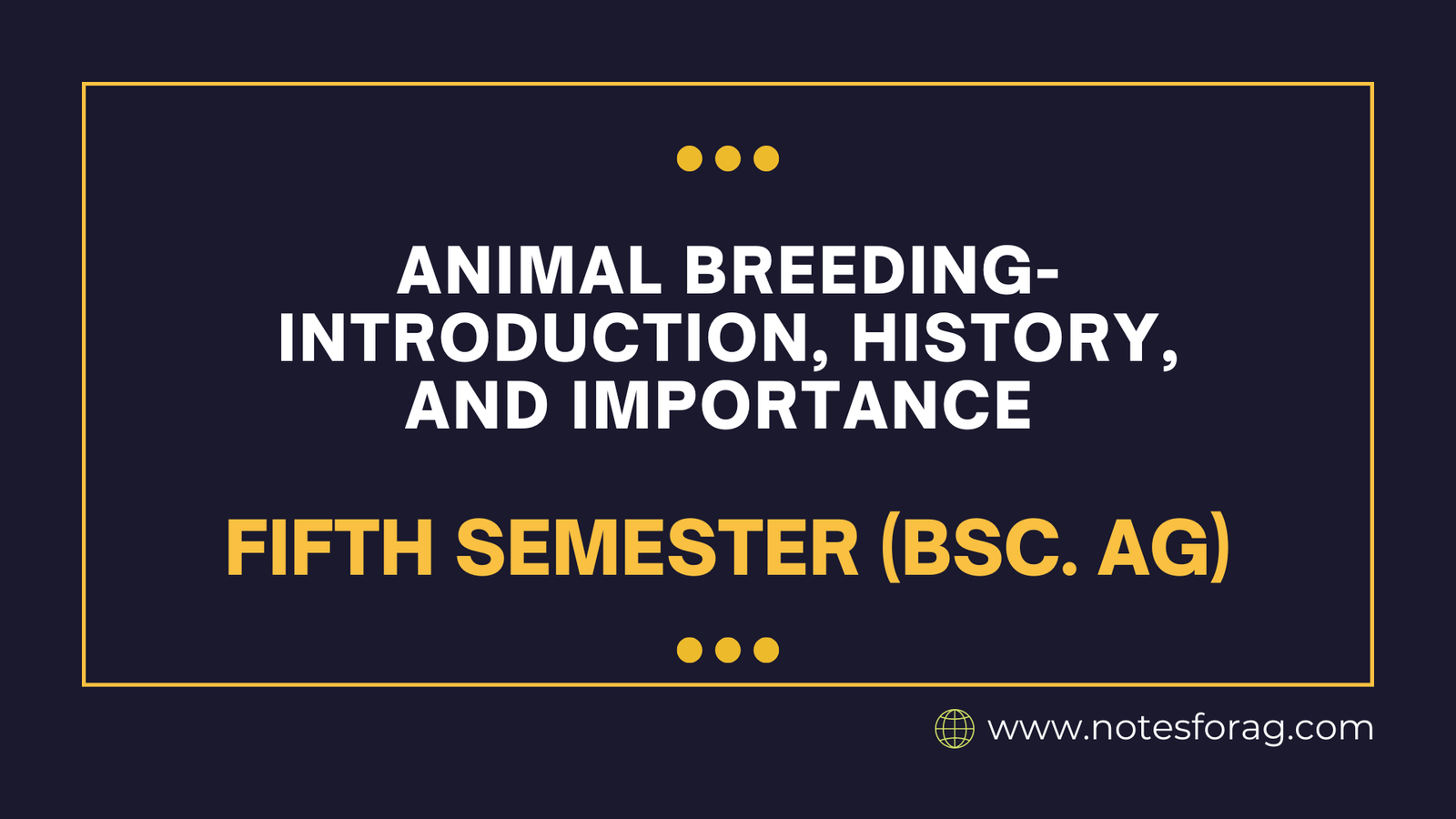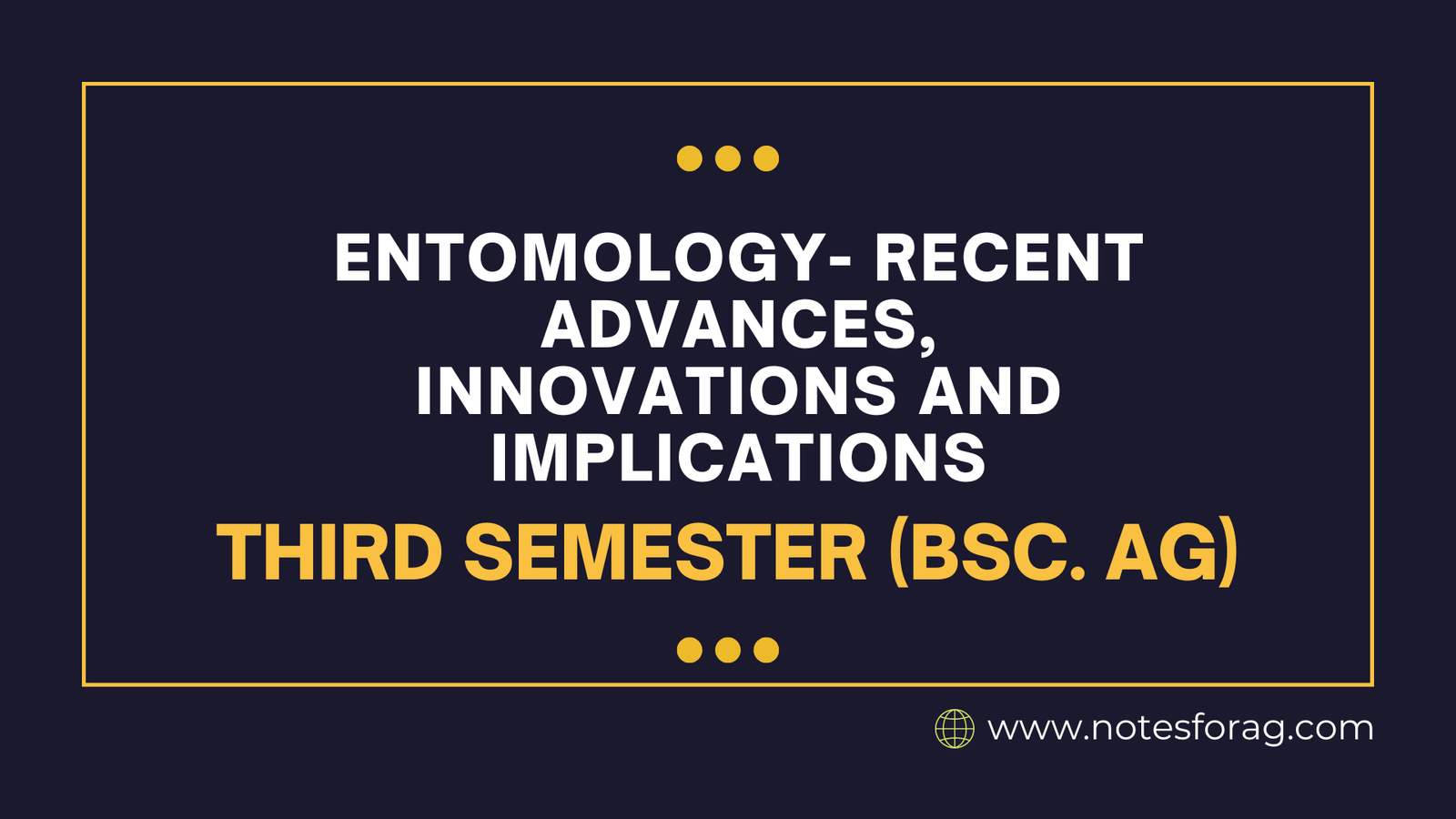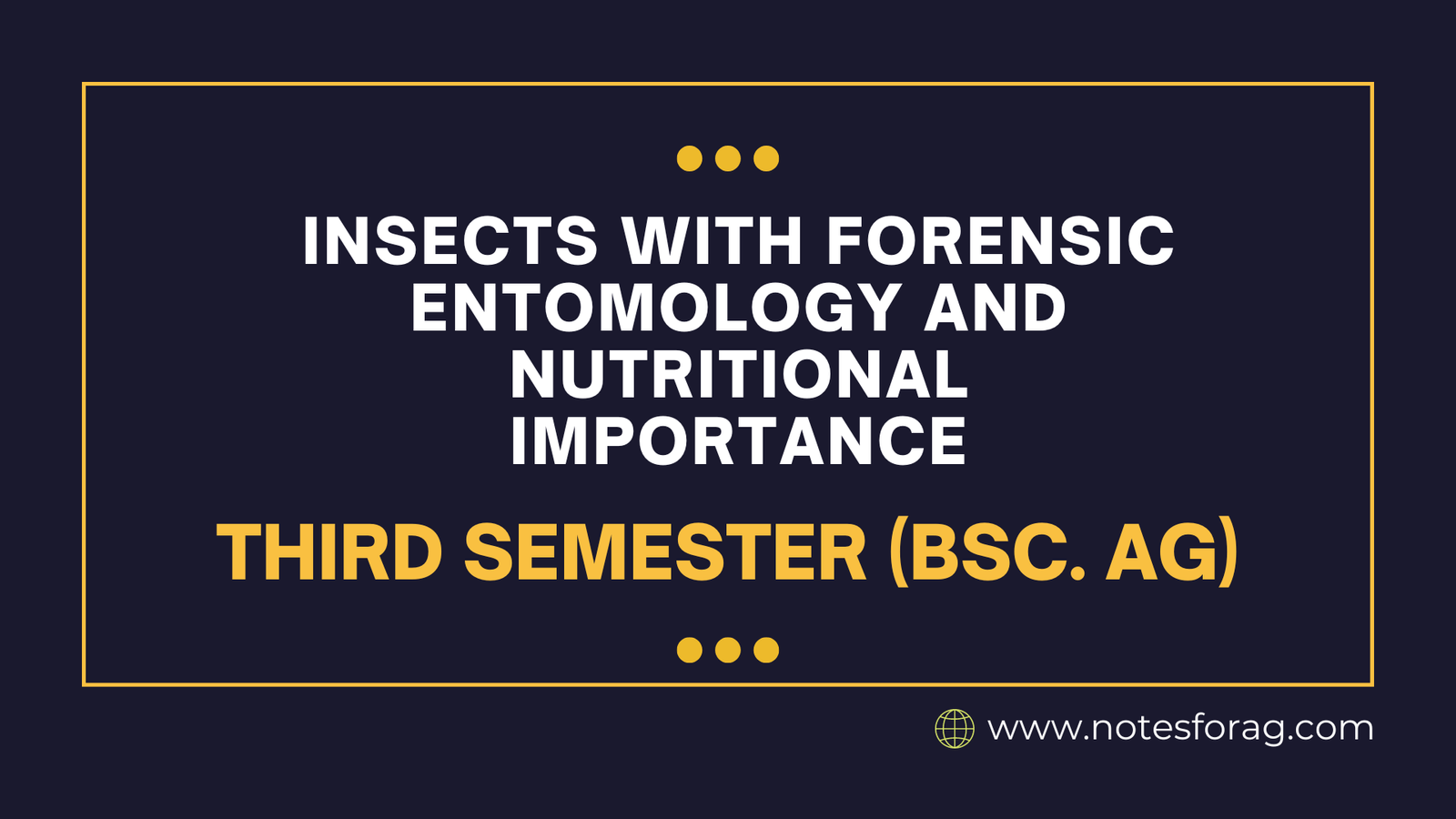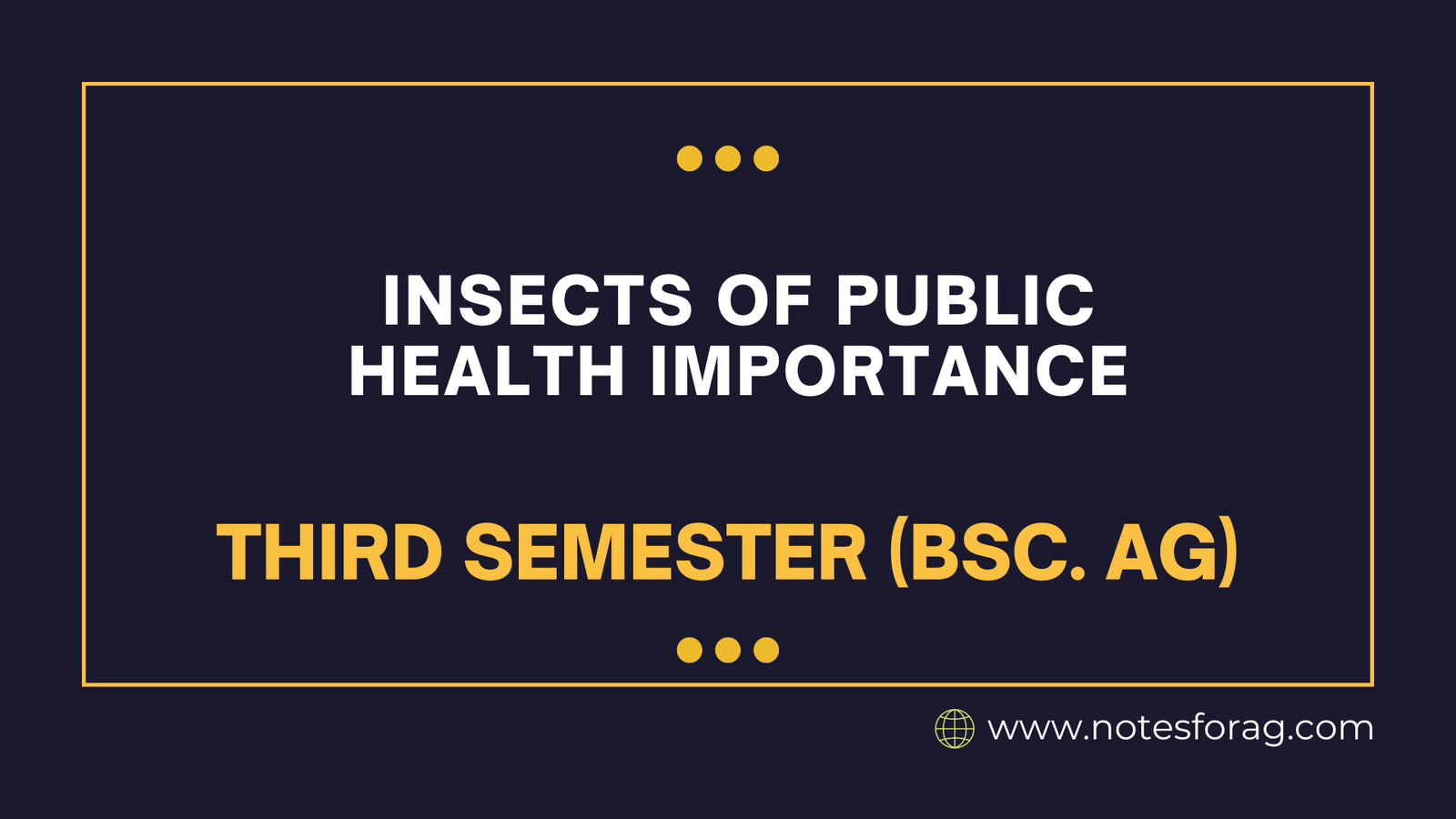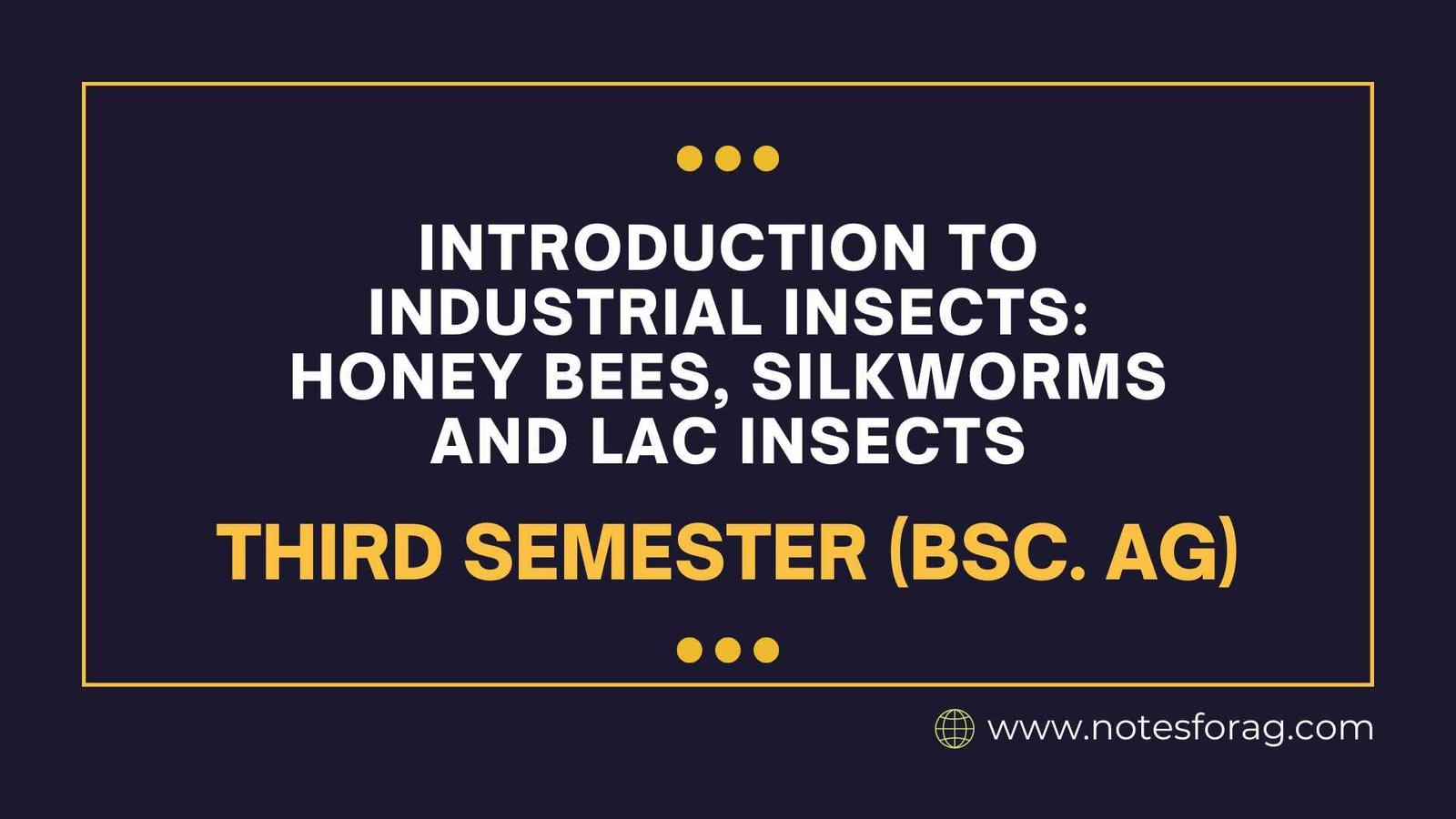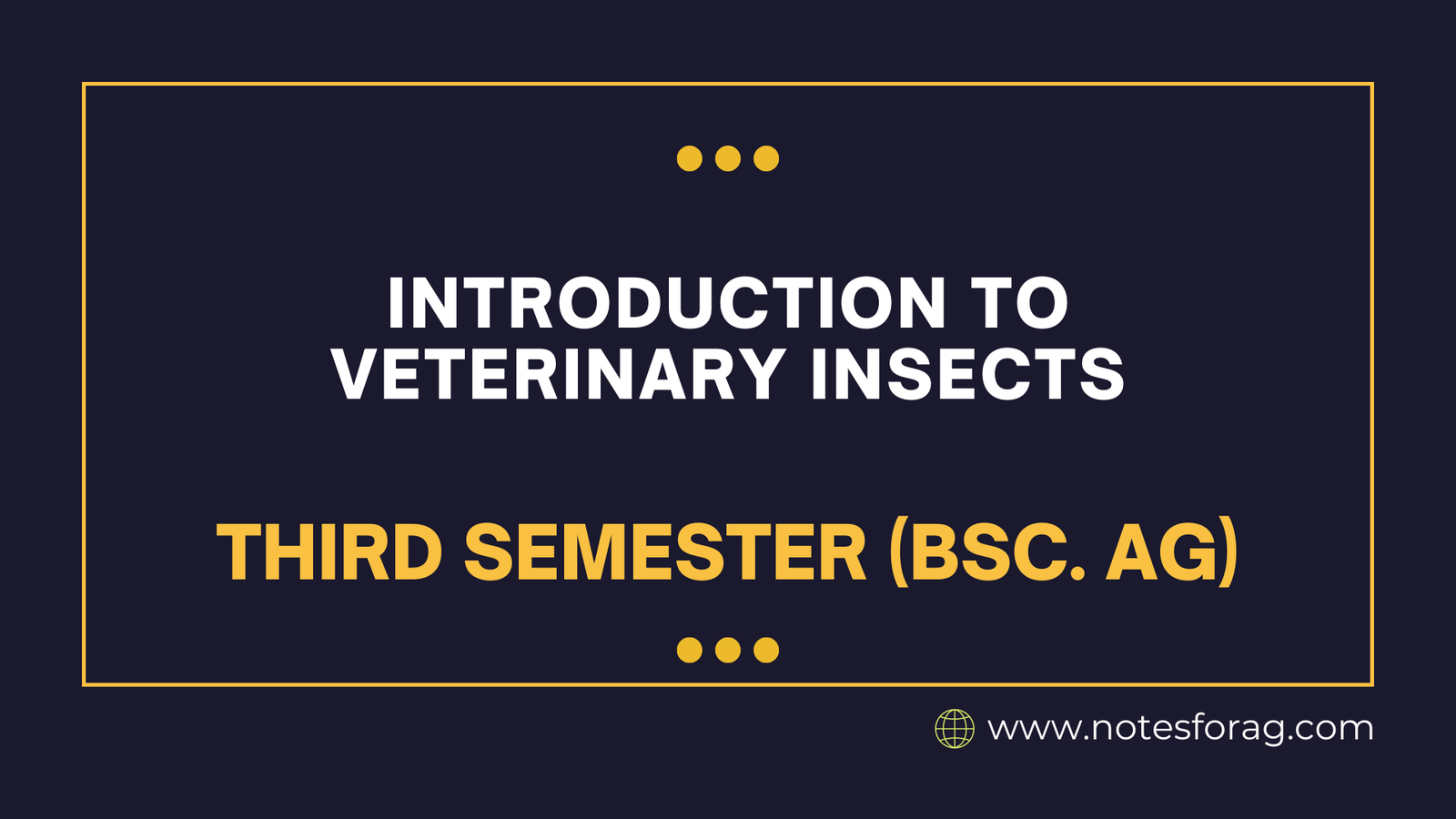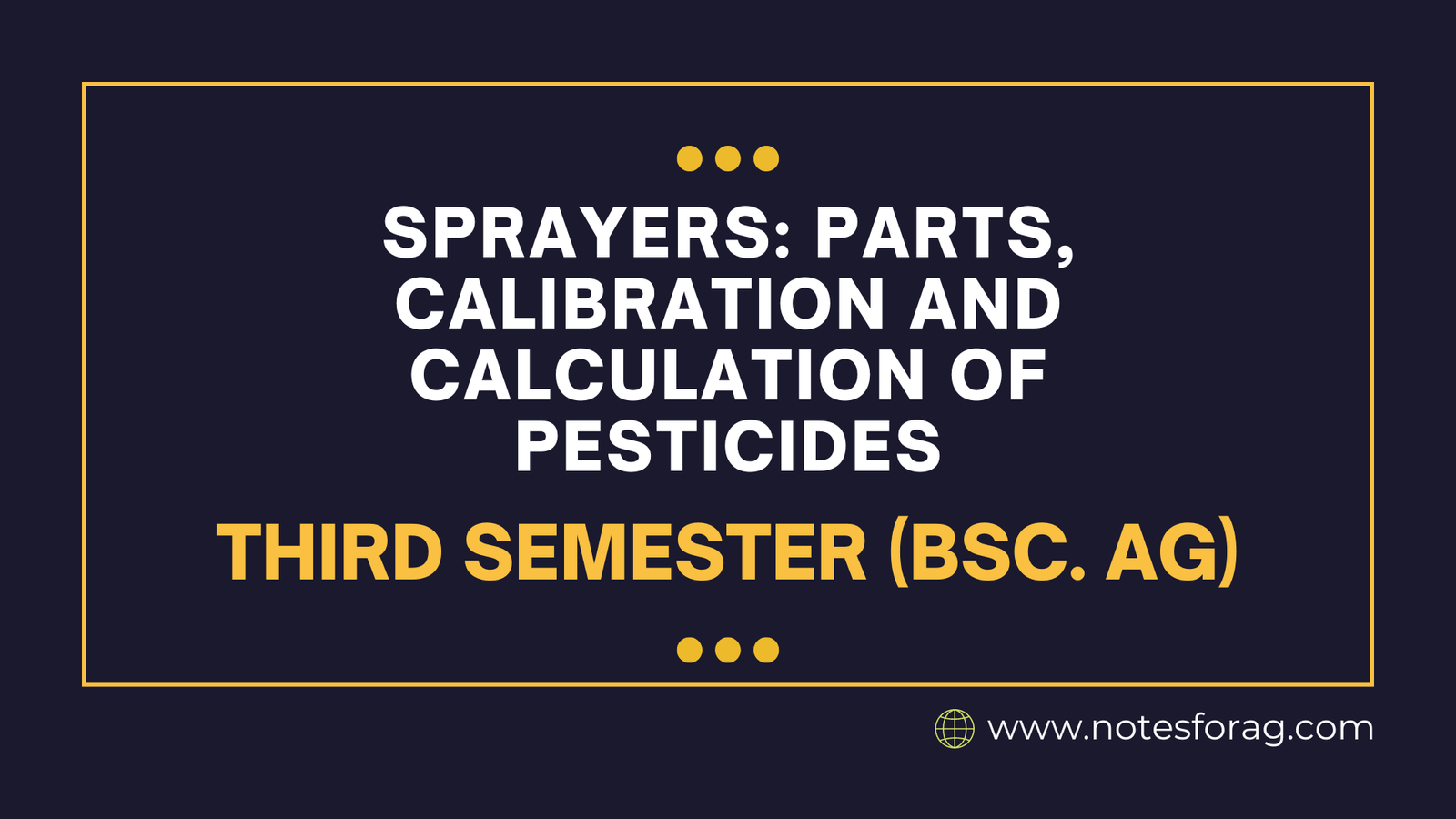Rare Animal Breeds and Their Characteristics
Rare animal breeds of various species are distinct heritage breeds whose populations have declined owing to industrialization and the dominance of commercial varieties. These rare animal breeds are frequently extremely adaptable to local settings, resistant to disease, and have distinguishing characteristics such as distinct looks, hardiness, and specialty qualities. They play an important role in … Read more

